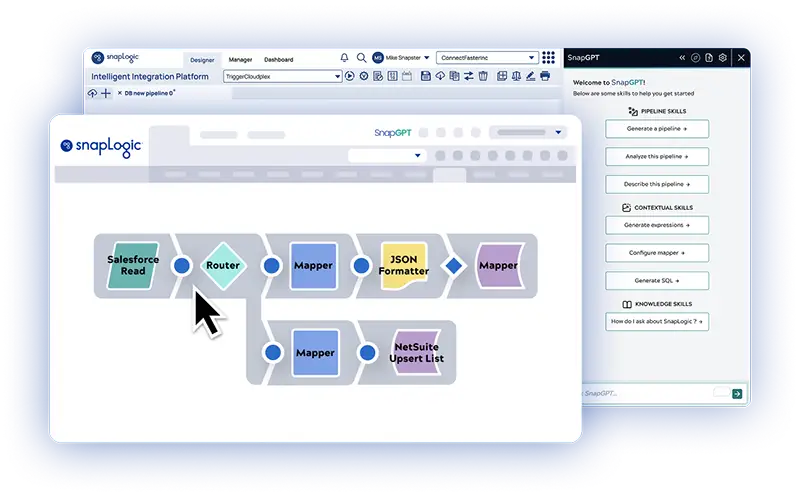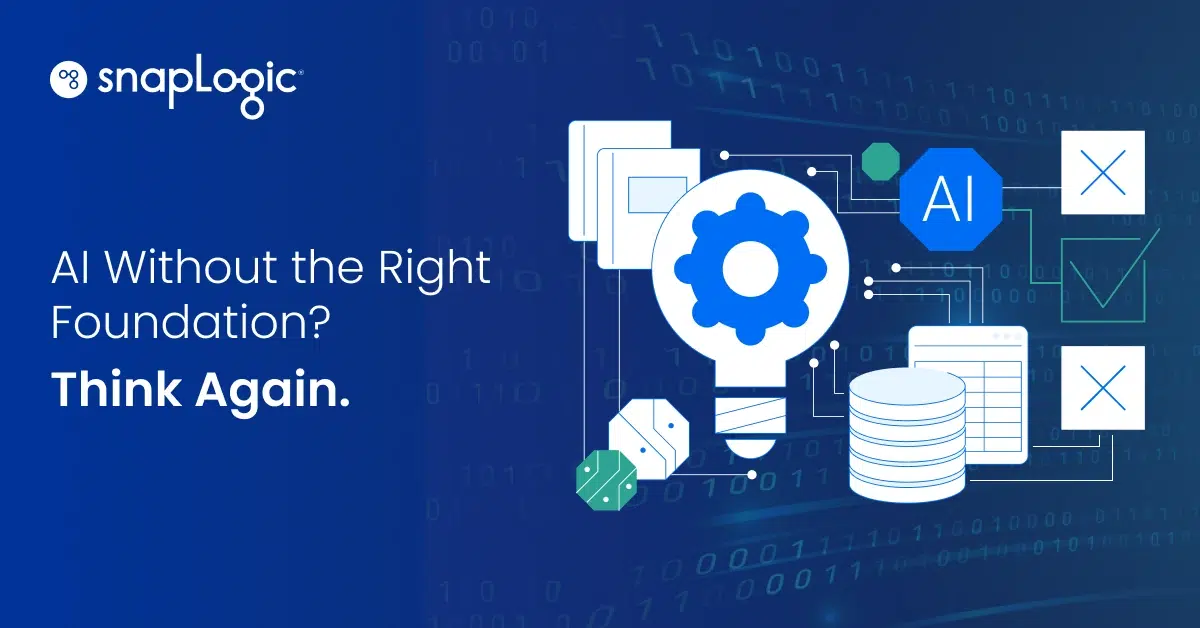If your organization is moving its data warehouse to the cloud, you can be confident you’re in good company. And if you read my last blog post about the six-step migration process, you can be even more confident that the move will go smoothly. However, don’t pull the trigger just yet. You’ve got a bit more planning to do, this time at a more strategic level.
First, let’s recap the migration process I covered in my last post, of the data warehouse itself. In that blog post, I broke down all the components of this diagram:
Data Warehouse Migration Process
Now, as you can see in the diagram below, the data warehouse migration process itself is part of a bigger picture of migration planning and strategy. Let’s take a look at the important pre-migration steps you can take help to ensure success with the migration itself.
Migration Strategy and Planning
Step 1: Define Goals and Business Case. Start the planning process with a clear picture of the business reasons for migrating your data warehouse to the cloud. Common goals include:
- Agility in terms of both the business and the IT organization’s data warehousing projects.
- Performance on the back end, to ensure timeliness and availability of data, and on the front end, for fast end-user query response times.
- Growth and headroom to ease capacity planning; the elastic scalability of cloud resources mitigates this problem.
- Cost savings on hardware, software, services, space, and utilities.
- Labor savings from reduced needs for database administration, systems administration, scheduling and operations, and maintenance and support.
Step 2: Assess the current data warehouse architecture. If the current architecture is sound, you can plan to migrate to the cloud without redesign and restructuring. If architecturally sufficient for BI but limited for advanced analytics and big data integration, you should review and refine data models and processes as part of the migration effort. If the current architecture struggles to meet current BI requirements, plan to redesign it as you migrate to the cloud.
Step 3: Define the migration strategy. A “lift and shift” approach is tempting, but it rarely succeeds. Changes are typically needed to adapt data structures, improve processing, and ensure compatibility with the chosen cloud platform. Incremental migration is more common and usually more successful.
As I mentioned in my last blog post, a hybrid strategy is another viable option. Here, your on-premises data warehouse can remain operating as the cloud data warehouse comes online. During this transition phase, you’ll need to synchronize the data between the old on-premises data warehouse and the new one that’s in the cloud.
Step 4: Select the technology including the cloud platform you’ll migrate to, and which tools you’ll need for the migration. There are many types of tools and services that can be valuable:
- Data integration tools are used to build or rebuild ETL processes to populate the data warehouse. Integration platform as a service (iPaaS) technology is especially well suited for ETL migration.
- Data warehouse automation tools like WhereScape can be used to deconstruct legacy ETL, reverse engineer and redesign ETL processes, and regenerate ETL processes without the need to reconstruct data mappings and transformation logic.
- Data virtualization tools such as Denodo provide a virtual layer of data views to support queries that are independent of storage location and adaptable to changing data structures.
- System integrators and service providers like Atmosera can be helpful when manual effort is needed to extract data mappings and transformation logic that is buried in code.
Using these data migration tools and services individually or in combination can make a remarkable difference in your data warehouse, serving to speed and de-risk the migration process.
Step 5: Migrate and operationalize; start by defining test and acceptance criteria. Plan the testing, then execute the migration process to move schema, data, and processing. Execute the test plan and, when successful, operationalize the cloud data warehouse and migrate users and applications.












